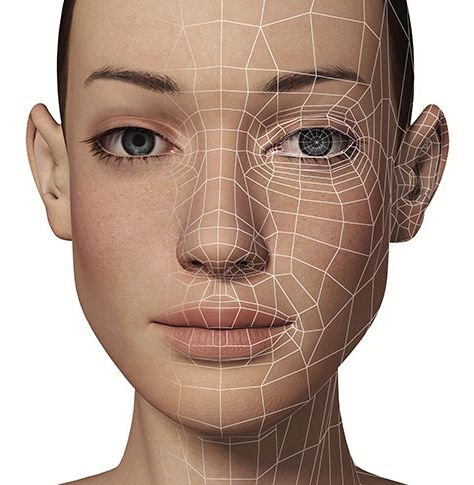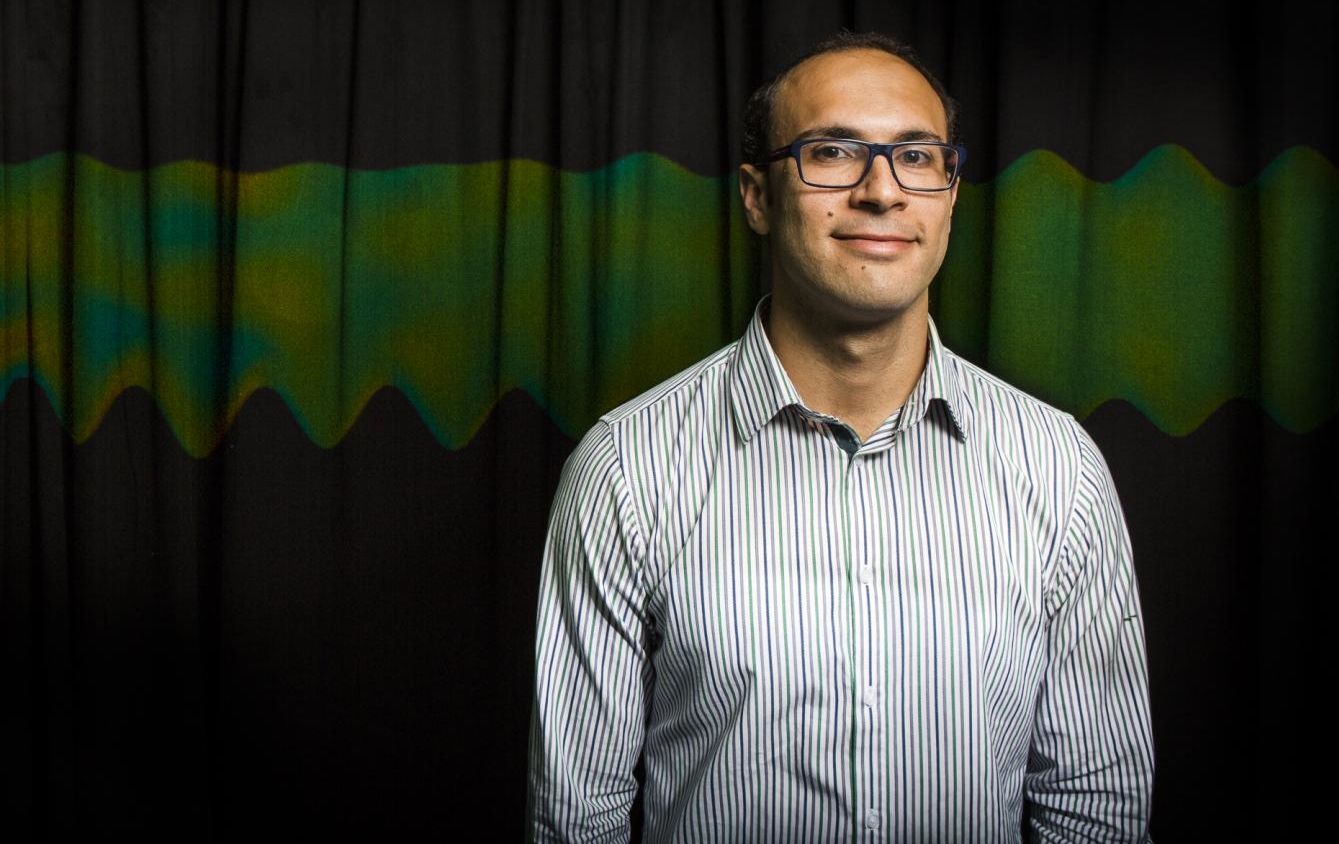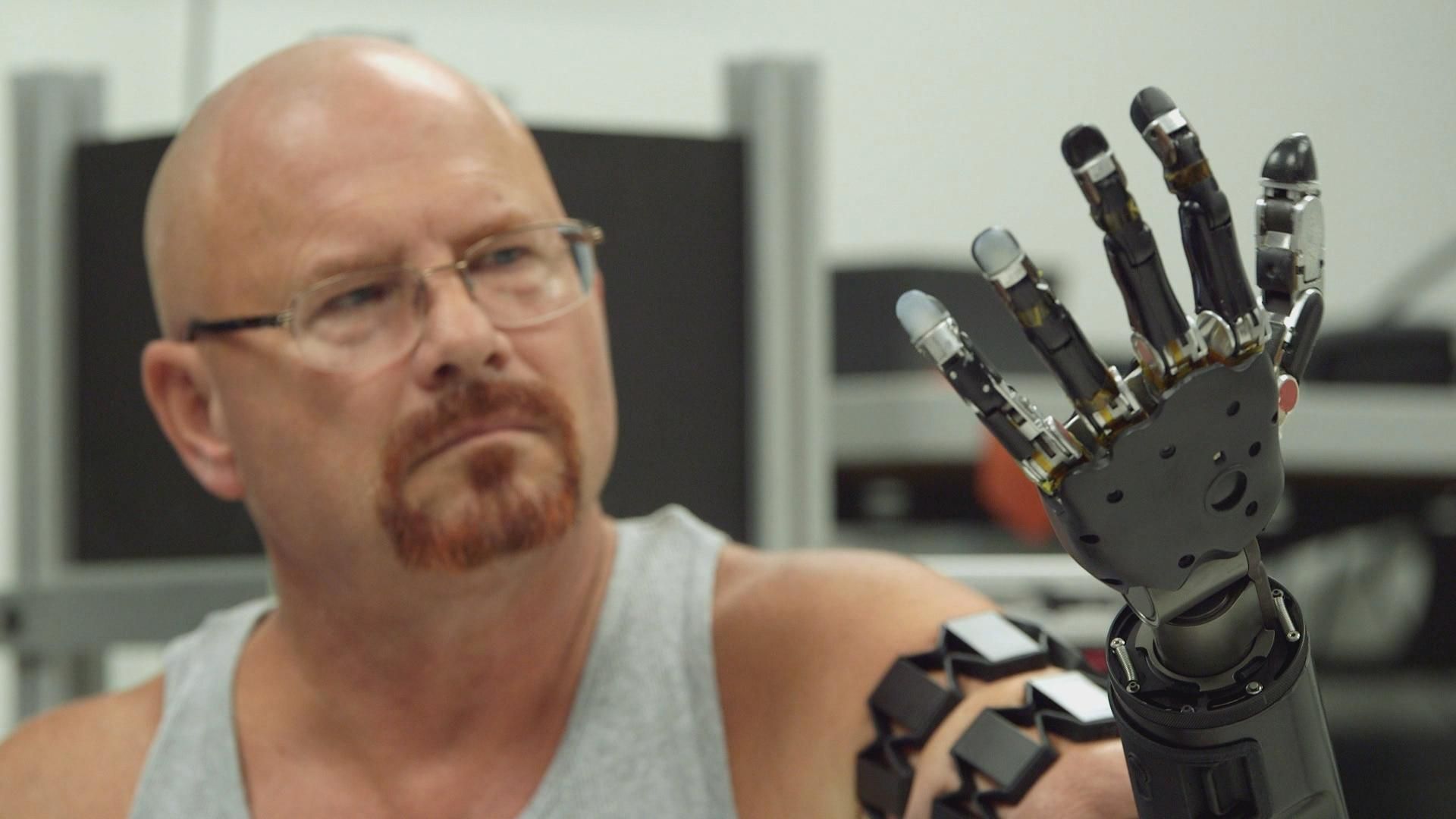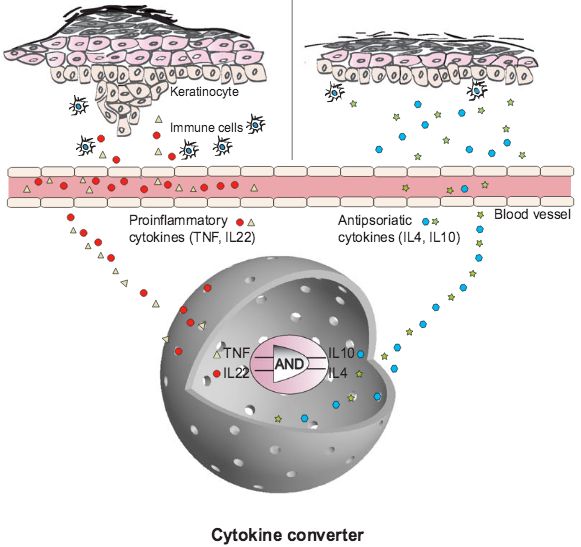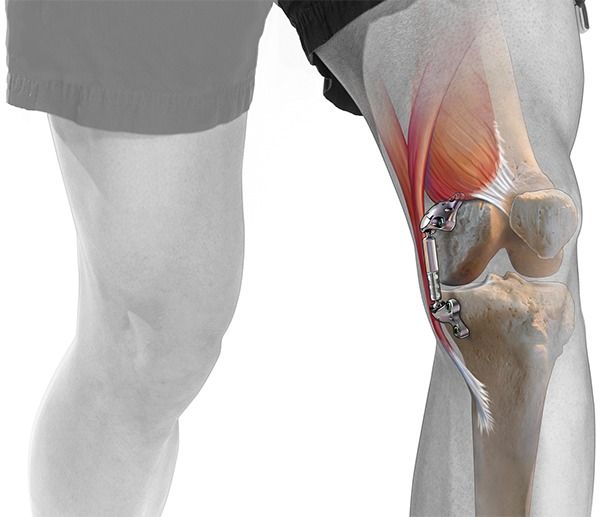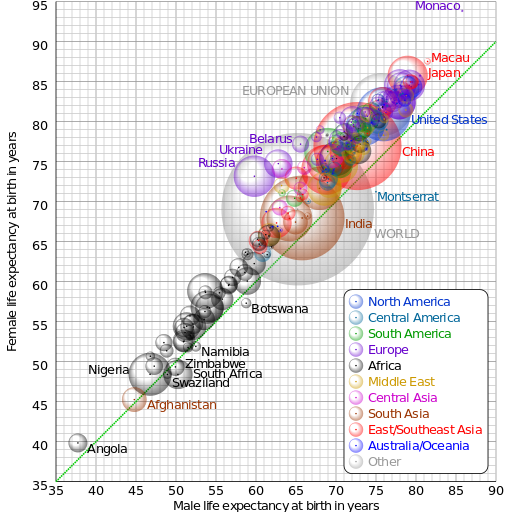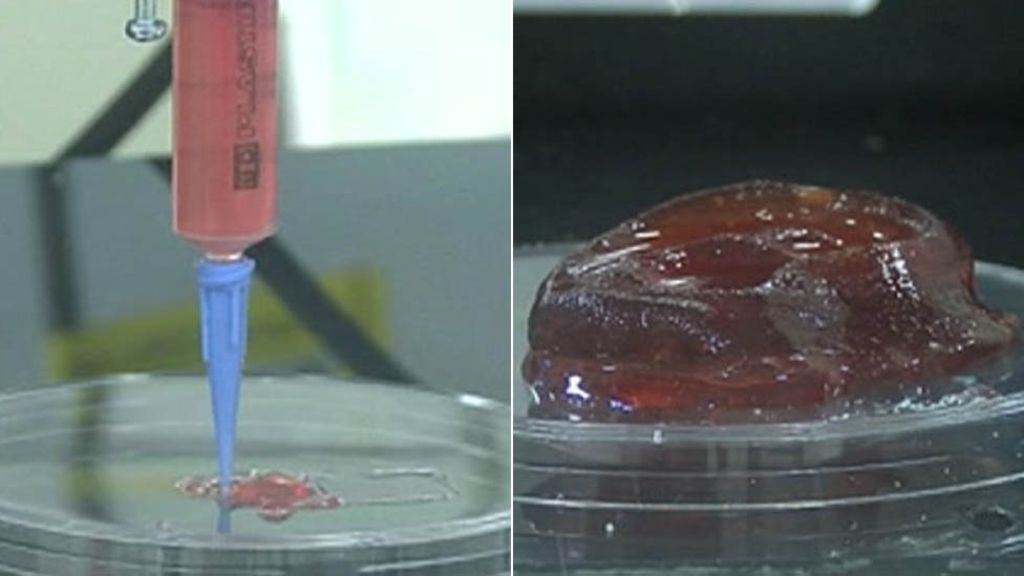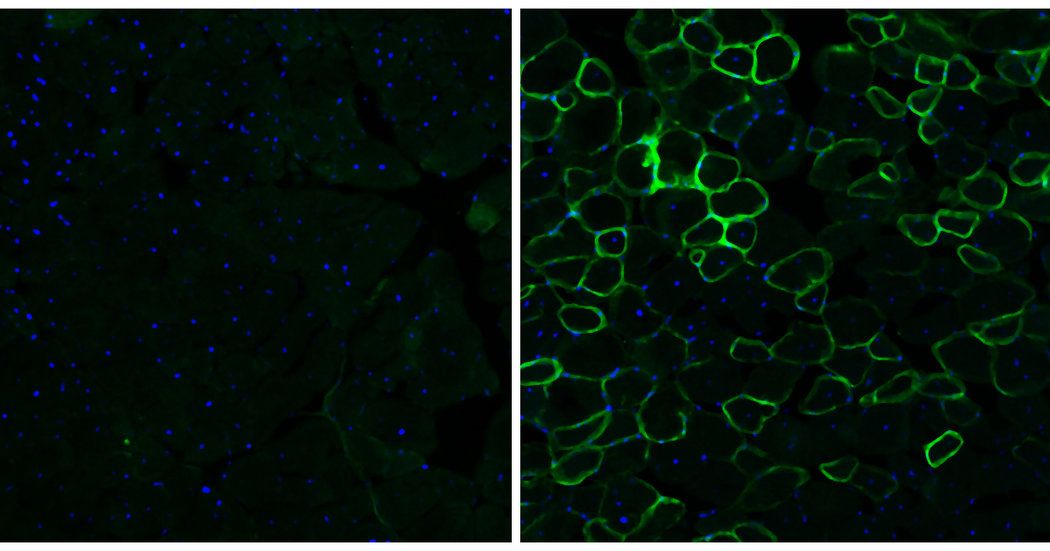Jan 8, 2016
Apple Acquires a Startup That Can Tell Human Emotions From Facial Expressions
Posted by Shailesh Prasad in categories: biotech/medical, robotics/AI
Analyzing expressions is an increasingly hot topic among tech companies.
It’s not clear what it plans to do with it yet, but Apple has gobbled up a startup whose technology can read facial expressions.
The tech giant has reportedly acquired Emotient, a San Diego-based company that uses artificial technology to detect emotion from facial expressions, Apple confirmed to The Wall Street Journal. The company’s technology has primarily been used by advertisers, doctors, and retailers, though it’s not clear what Apple AAPL 0.66% plans to do with it.
